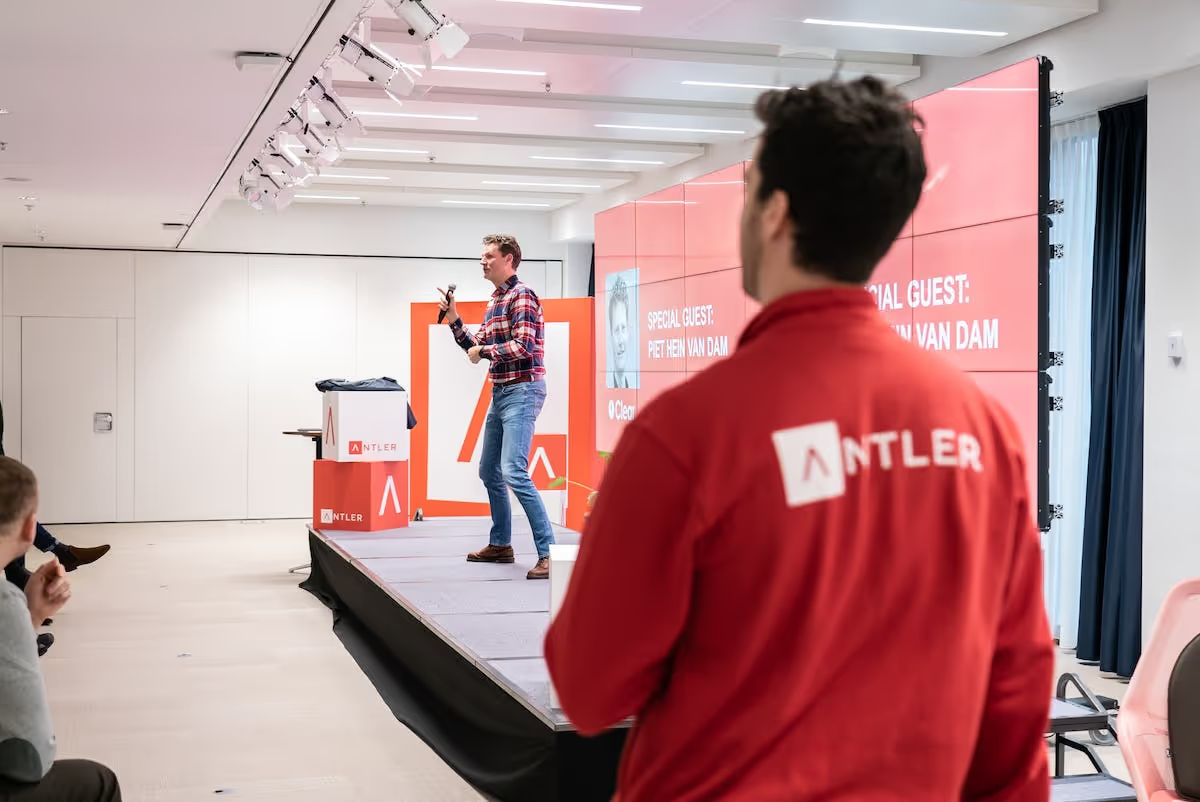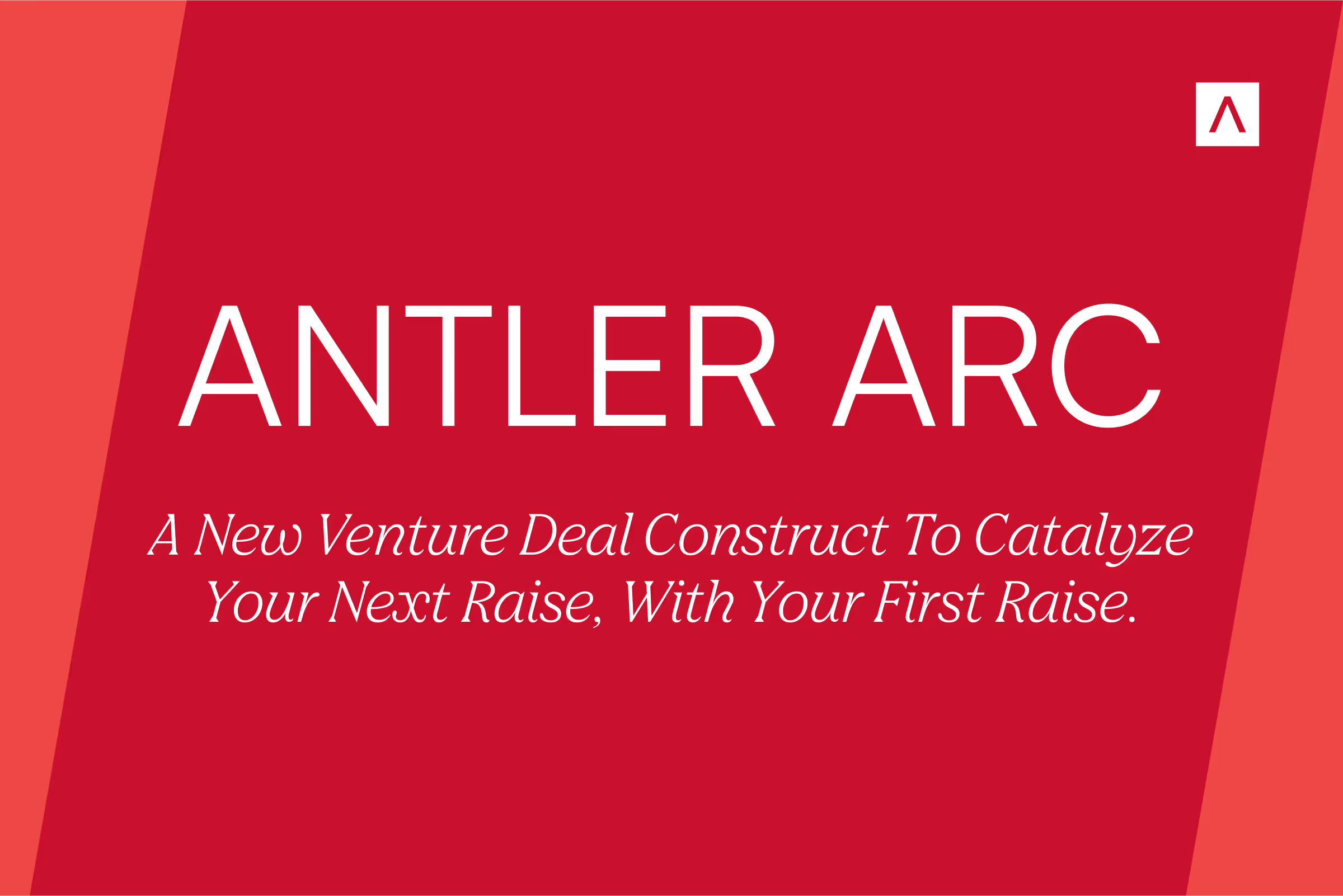This is the reality we as founders must now accept. It all boils down to that. I caught myself thinking "how can I do that? Is it even possible?"
Of course, that was followed by two weeks of intense workshops and networking opportunities to get everyone up to speed. The conversations I had with both the Antler team and with my fellow cohort members — all of whom have great pedigrees, ranging from ex-management consultants to serial entrepreneurs, and from PhDs to technology wizards — were extremely educational.
For someone like me, who's new to the startup game, my time so far at Antler has been eye-opening. During the design sprints and the presentations, I felt the cogs in my head moving and the brain re-wiring.
I'm planning to create a series of blog articles in order to document my thoughts and experiences during Antler. I will take to writing about it primarily remind my future self what I was thinking during my entrepreneurial journey. I hope some of you will find the insights useful too, especially if you are joining now.
But I'm getting a bit off-topic…
So, how do you build a high-potential startup that can go-to-market in less than 6 months? Here's how I approach this problem and some of the things I learned during the first two weeks of the Antler program that I wish I knew before I started:
#1 Build something that you know
Leveraging your past experiences and your existing network is extremely important in a program as intense as Antler. In 3 months, there is no time to reinvent the wheel or get up to speed with an area that you haven't worked before.
Of course, you can transfer your experience from one industry to another. Or you can leverage the expertise of your co-founders — you will need that for sure. VCs call this "product-founder fit". In other words, why are you the best team to solve this problem?
If you are preparing to join the next Antler cohort, expect to throw most of the business ideas you bring to the program into the bin. I know I did. And let's face it, you cannot build a rocket to take us to Mars in 6 months.
#2 Be clear about the problem
The first thing you'll hear when you enter an Antler program is "fall in love with the problem, not the solution". There are a million ways to solve a problem. The first thing that comes to your mind is usually the "obvious solution". Someone has definitely thought of it before. It's probably not the best way to solve the problem either, so dig deeper.
If you don't have a specific problem in mind, that's OK too. I didn't have a specific problem in mind when I joined either. Try to narrow down your interests into specific sectors and find people with the same interests and complementary skills.
For example, I know that I want to work on a B2B solution that includes both a digital and a physical layer—think of IoT or some other smart system. I want to leverage data and technology to solve a pressing issue. The industry is not very important to me, but I would like to involve digital manufacturing and 3D printing in a way, as this is the background that I come from.
That's it! You'd be surprised how many people will align with your vision if you frame it clearly like this. It definitely helps to limit your scope during a brainstorming session.

#3 Designing your dream team
One of the perks of being an entrepreneur is that you have the ability to design your own job for the next 3 to 5+ years. (If you are successful that is — and of course, you will be!) You can also choose your co-founders who will be the core of the culture of your business.
But how do you build a good team? Keep this in mind. There are about 70 other high achievers in the room with you. It's a room full of industry and technology leaders, someone has to be the facilitator. Maybe it should be you.
Here's a personal example again. I know that I am probably not the most skilled engineer, nor the most charming salesperson. So I will need my co-founders to fill in this gap. I could reach out to every person that I think would fit this profile and ignore the rest. Or I could try to coordinate some group activities that add value to the whole group, even if I know that the chances of matching with some of them are slim.
I preferred the second approach (at least in the early days), as I believe that adding value to people eventually pays off — and that karma is a b%&$#.
This article was written by Antler Amsterdam cohort member, Alkaios Bournias Varotsis. It was originally published on January 21st, 2020 via LinkedIn Pulse.












